The National Trust for Scotland is holding out for a silver lining from a wildfire near Kyle of Lochalsh which engulfed 1500 acres of the Balmacara Estate.
Property manager Iain Turnbull said the flames that burned in the hills for more than 24 hours may result in the birth of a new native woodland.
Thank goodness for helicopters!! pic.twitter.com/FbCVi7hTXu
— Spean Bridge CRU (@SpeanBridgeCRU) April 28, 2022
What exactly caused the fire to break out on April 27 — destroying an area that is often home to bird species like twite, meadow pipit, willow warbler, merlin, hen harrier, red-throated divers, and greenshank — remains unknown.
While there was no loss or injury to people or livestock, great stretches of land, including common grazing areas, were ruined.
The wildfire could be seen billowing flames and smoke into the skies above Kyle of Lochalsh.
It took as many as 12 fire brigade crews and a waterbombing helicopter to put the blazes out, and it is believed it could have been ignited by something as small as the mindless tossing of a cigarette from a car window.
..But if we wanted a sliver of good news from the wildfire…
NTS property manager Iain said flames running through heather moorland adjacent to woodland left ash and scorched heather, which may provide a seed-bed for birch seeds to establish and grow into trees.
So the future for this particular area could be promising.
Iain explained: “We now have an area of ground which has been burnt and which has got seed sources of trees all over it.
“It will be interesting to see if we end up with a flush of woodland regeneration around those little stands of trees.”
Many species ‘Probably not’ in path of the wildfire
The full toll on plant and wildlife is still to be calculated – a Covid outbreak in the days following the fire put Iain and his colleagues out of the picture.
However, he is “not convinced” that a pair of Hen Harriers sometimes spotted on the estate were claimed by the wildfire.
He is more inclined to believe they were away at more suitable breeding grounds when the fire started at the junction of the Erbusaig and Balmacara Road.
He also thinks that there is a good chance that other species like otter and pine martens “are not going to be impacted in any significant way” because the fire did not occur immediately on the coast, and the woodland managed to slow it.
“The red-throated diver birds are a different story though”.
Worry for red-throated diver
Ungainly on land, only coming ashore to breed, these birds are highly-protected and renowned for the way they jump up to dive and for their ability to remain underwater for one-and-a-half minutes.
As many as three pairs are known to breed on the estate “on good years”, and although the exact number that were present in the area at the time of the wildfire is not known, Iain is concerned about how the inferno affected the local divers.
Iain says: “They’re the sort of bird that could be impacted in so far as they are easily disturbed and will abandon nests, and if they had started breeding when the fire broke out then I would have thought that would lead to a failure.”
He pointed out that as it is early in the season, they do have the potential chance to breed again.
Concern for all ground nesters
Ground nesting birds like dwindling twite will more than likely have been affected by the wildfire.
But again, the area that burned is not their best habitat, said Iain.
He said that in actual fact, if forced to chose a six square kilometre patch of ground for a wildfire fire to take hold, the section that went up in flames is probably the spot that he would have picked.
“Of course I do not want to see this happening,” he says.
“But if I had to chose a bit, that would probably be it.”
He added: “I cannot say that for certain, but ultimately, first impressions are that the environmental impact on the wider hill is probably relatively minor in this particular case.”
‘But small skeletons will tell the big story’
The next step for the National Trust for Scotland, which bequeathed the estate for the nation in 1946, is to make a full assessment of the affected area and decide on what happens next to help recovery.
“Our ranger will be getting out there and first and foremost accurately recording the extent of it,” says Iain.
“While she’s walking the ground, we will be looking for evidence of any impacts on things like mammals.”
He added: “I recall from the last fire we had on the estate, on the other side of the road, our conservation officer saying they were seeing the skeletons of small mammals on the hill.
“We are not talking carnage but there was some evidence that not everything had managed to escape.”
Bird’s eye view: How wildfire revealed traces of our peat-cutting past
There are no scheduled protected monuments in the burnt landscape but there are obviously sites of archaeological interest from a local perspective.
And a bird’s eye view of the burnt ground now clearly shows “an amazing array of lines in the landscape” which only became clearly visible after the wildfire.
Captured in drone footage, these lines appear to evidence past signs of peat cutting regimes, an drainage systems, and even, in some cases, footpaths, and turf walls and dykes.
“If you’re looking for a silver lining, that information was buried underneath the vegetation and now it is a lot more visible,” says Iain.
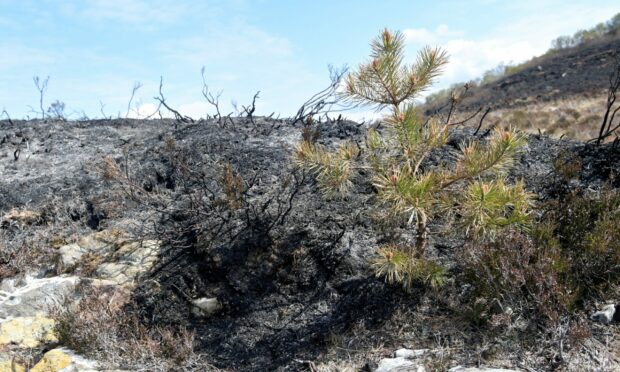
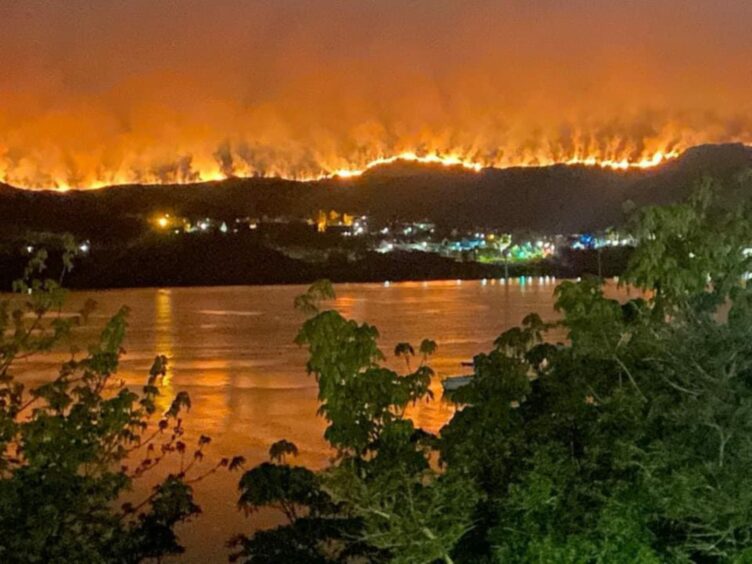
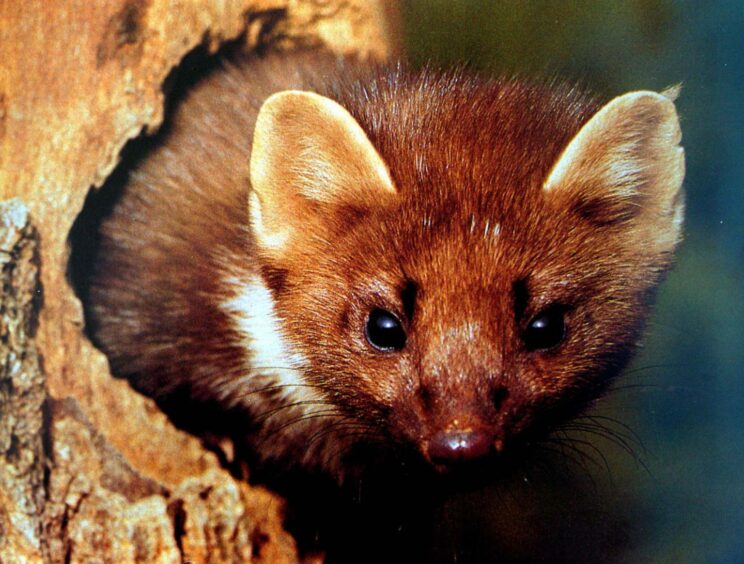
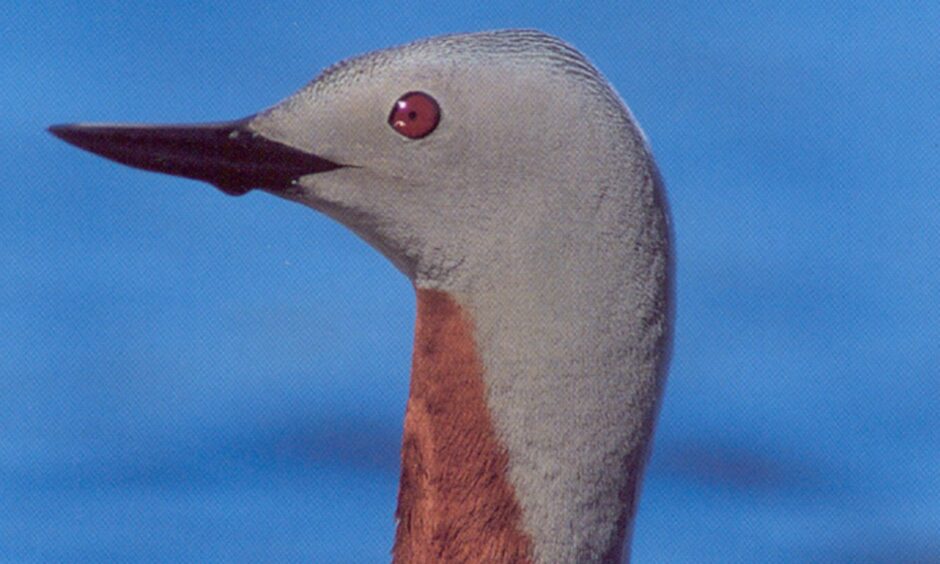
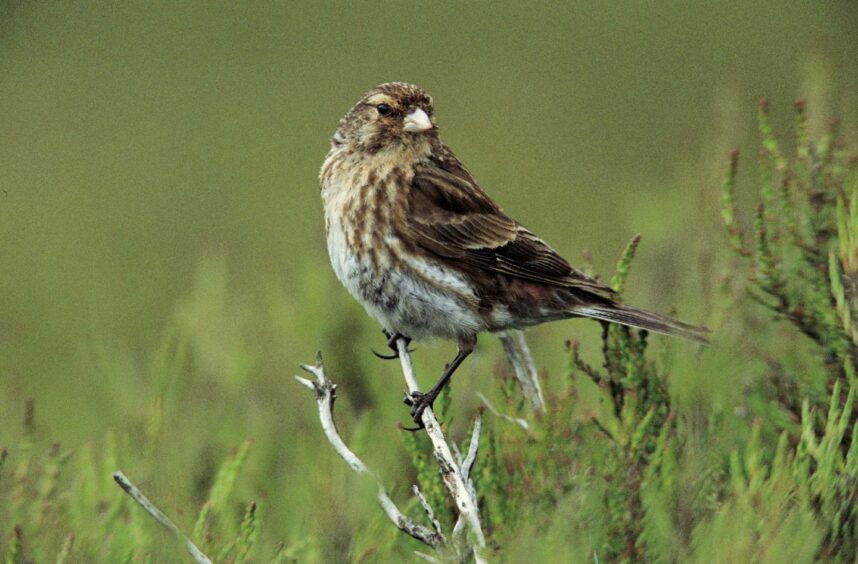
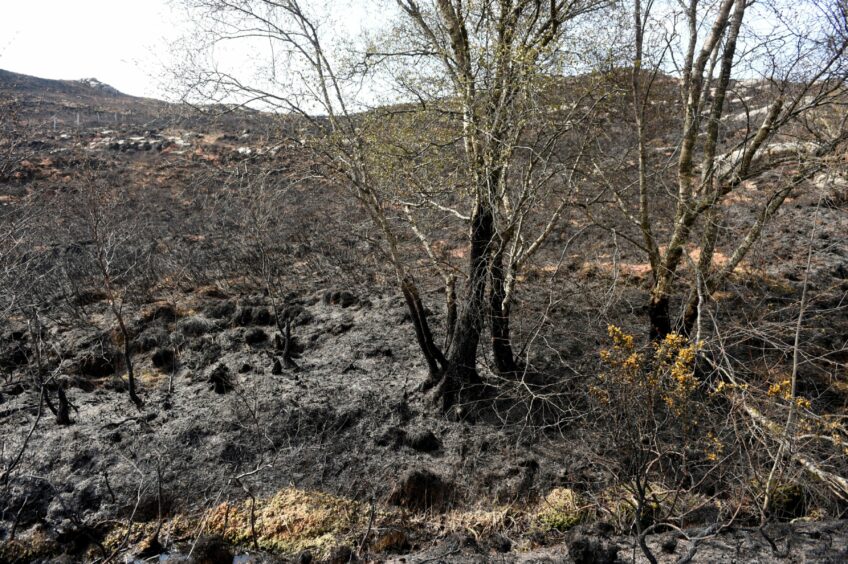
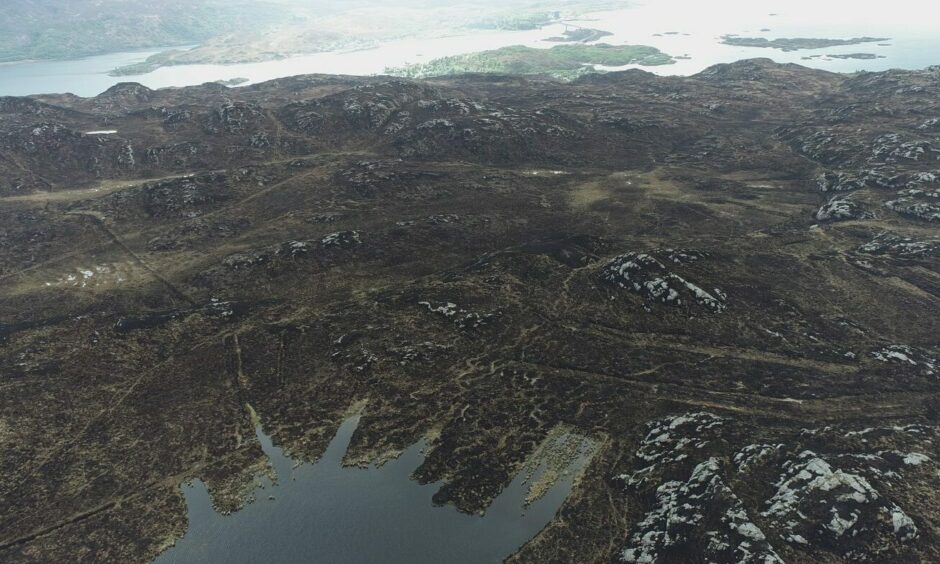










Conversation